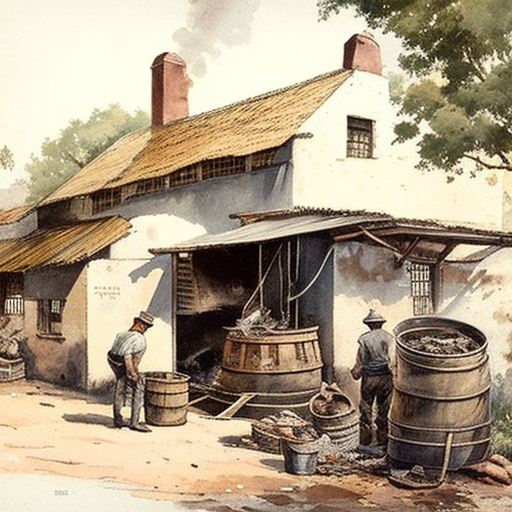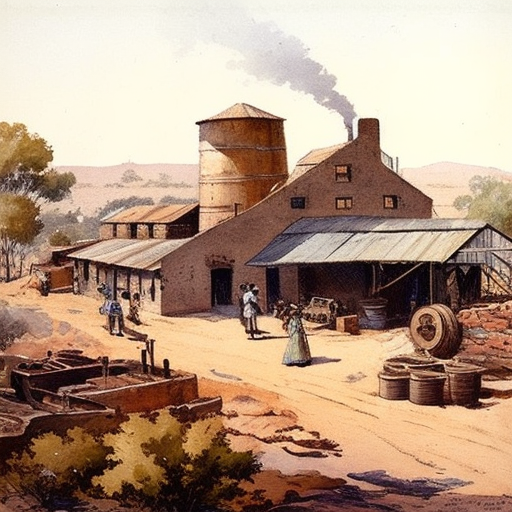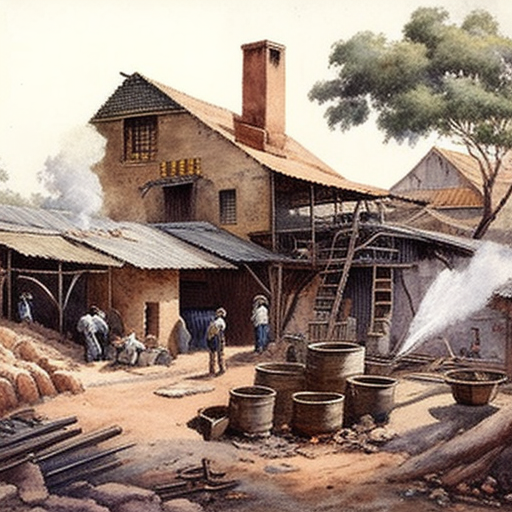The South African leather manufacturing industry has seen periods of both expansion and decline. In the 1960s and 1970s, the industry underwent significant growth due to rising demand for leather products domestically and globally. The Leather Research Institute, established in 1963, contributed to this growth by promoting research and development in the sector, with the support of the government.
However, challenges arose during the 1980s and 1990s, including increased competition from more affordable imports and a decrease in leather product demand. Before 1994, government subsidies and protections discouraged manufacturers from investing in new technology or modernizing the sector. As the new government sought to liberalize the economy and boost competitiveness, South Africa’s unrestricted entry into the World Trade Organisation (WTO) trade liberalization system after 1994 proved disastrous for the country’s outdated leather industry. Rapid liberalization and insufficient regulation led to dumping from China, India, and Brazil, undermining the local leather industry. Presently, the industry faces skills shortages and a disconnect between local manufacturers and the retail sector, with retailers typically sourcing leather products from abroad.
In 2019, the Retail-Clothing Textile Footwear Leather Master Plan was introduced to further support the industry and address challenges such as skills shortages and the disconnect between manufacturers and retailers. The labor-intensive clothing, textiles, leather, and footwear sector, which includes footwear, is guaranteed government incentive support. In the leather value chain, semi-processed leathers are utilized by automotive retanners or footwear and general goods retanners in South Africa to produce finished leather, while the remaining semi-processed leather is exported.
In the early 2000s, the South African leather industry began to rebound due to increased investment and the development of new markets and products. A focus on sustainability and ethical sourcing helped enhance its global reputation and competitiveness. The government launched several initiatives, such as the National Leather and Allied Industries Strategy (NLAIS) in 2007, to foster the growth and development of the leather industry in South Africa. Leather and leather goods exports grew by 60% between 2011 and 2014, with significant productivity improvements during this time. Additionally, 28 new factories opened in the leather and footwear industry from May 2012 to December 2015 [1].
In 2019, the Retail-Clothing Textile Footwear Leather Master Plan was introduced to further support the industry and address challenges such as skills shortages and the disconnect between manufacturers and retailers. The labor-intensive clothing, textiles, leather, and footwear sector, which includes footwear, is guaranteed government incentive support. In the leather value chain, semi-processed leathers are utilized by automotive retanners or footwear and general goods retanners in South Africa to produce finished leather, while the remaining semi-processed leather is exported.
The South African leather industry is currently grappling with several challenges, primarily stemming from the COVID-19 pandemic. With a significant dependence on exports, the industry has faced disruptions due to the pandemic. The depreciation of the South African currency has further affected the competitiveness of the leather sector in the global market. Moreover, the industry is burdened by the high cost of raw materials, such as hides and skins.
Additionally, South Africa is confronted with the issue of illegal imports of leather products, which has diminished local demand for domestically produced items. Nevertheless, concerted efforts are underway to rejuvenate the industry by encouraging local production and consumption. The government has implemented measures to support the sector, including financial incentives, training programs, and the establishment of leather hubs. These initiatives aim to foster the growth and global competitiveness of the South African leather industry.
Sources:
- A South African Leather Research Institute – A technical feasibility (2016), The Department of Trade and Industry,



